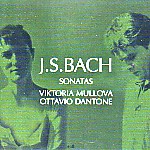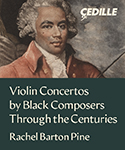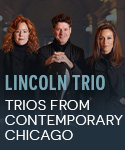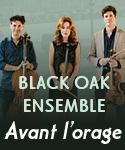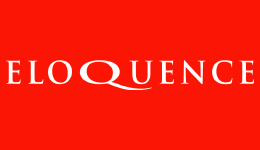Viktoria Mullova and Ottavio Dantone turn in smashing performances of Bach’s six sonatas for violin and harpsichord, plus two additional items: a transcription of Trio Sonata No. 5 (for organ/clavichord) and the Sonata in G for Violin and Continuo BWV 1021. Bach’s violin sonatas use the “church sonata” form; that is, they usually have opening slow movements and no quick movements modeled on dance forms. They are also unique in that they are in fact true duets between the right hand of the keyboard player and the violin, rather than solo works in which the violin sings while the harpsichord accompanies with the continuo part. This poses a challenge to the keyboard player, particularly on the harpsichord, since that instrument is notably deficient in the one quality that the violin has in abundance: a warm, singing legato.
Happily, Dantone and Mullova understand the challenges and meet them triumphantly. For Mullova, this means understanding when to hold back and let her partner lead. For Dantone, it’s a question of touch and, most importantly, choosing an instrument with a sweet, vibrant tone and none of the traditional clatter that characterizes so many harpsichords, both ancient and modern. If you want to hear this partnership at its most inspired, start with the opening movement of the E major sonata. Always a particularly luminous key for some reason, here the music positively glows with an inner light at a perfectly flowing tempo. The big opening Adagio of the F minor sonata also has striking depth of feeling while all of the allegros sparkle in delightful interplay between the two melodic protagonists. In short, this is really exceptional music making, ideally engineered so as to achieve perfect balances between the violin and the keyboard. Don’t miss it.






















